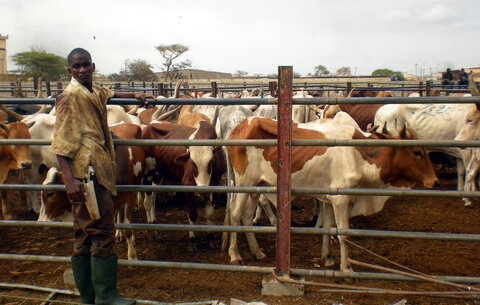Why control tsetse when trypanocidal drugs are cheap and effective?

There are short-term and long-term answers to this question.
In the short term, there is a tendency to underestimate the true costs of trypanocidal drugs and over-estimate their benefits.
Trypanocidal drugs may be cheap and plentiful in most African countries, but there is still a cost associated with them both financially and in terms of the time and energy a livestock-owner must spend trying to find and purchase drugs.
Even if livestock-owners give drugs as soon as cattle show clinical signs of trypanosomiasis, they may not be successful in preventing cattle deaths. When drugs cure cattle, they do not do so instantly, and there will be a significant effect on the economically useful outputs of a cow or ox.
A draught ox may not be ready for ploughing for anything between one week and one month after ploughing.
Prompt treatment may not stop cows aborting.
A trypanosomiasis attack, even when successfully treated, may lead to an almost complete loss of milk and butter for human consumption for the rest of the lactation period, and even a shortage of milk for the calf.
In practice, there will be a balance in each case between the costs of using trypanocidal drugs and living with many of the impacts of trypanosomiasis, and the costs of tsetse control, which will need to be examined. For more information click here <link to Socio-economics of tsetse control>profitability>.
In the long term, there are other benefits associated with tsetse control: a successful operation may not only completely eliminate trypanosomiasis from an area, and hence provide long-term improvements in animal productivity, but also alleviate sleeping sickness in humans.
Tsetse control using insecticide treated cattle may also control biting flies and ticks (for more information click here). Research is currently being carried out on whether this method may help to control human malaria also.
There are concerns that resistance will develop in areas where trypanocides are routinely used (Geerts et al., 2001), although Doran (2000) has downplayed this risk, at least for southern Africa.